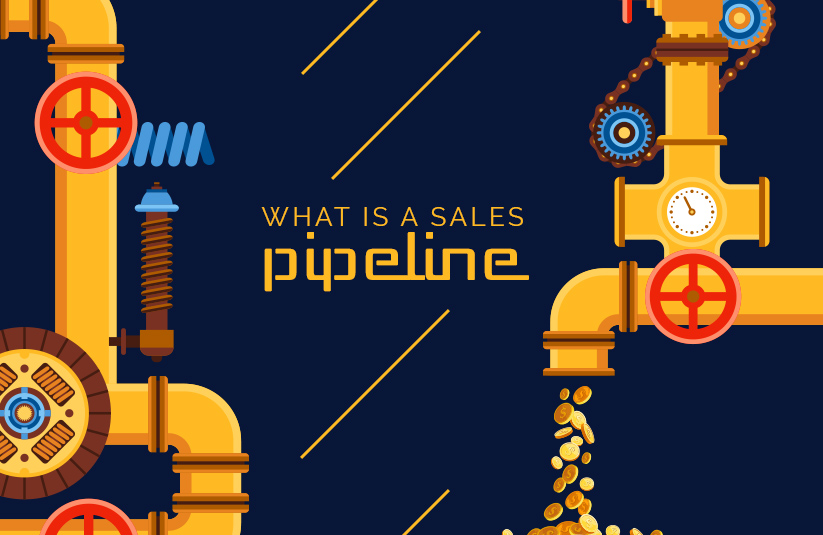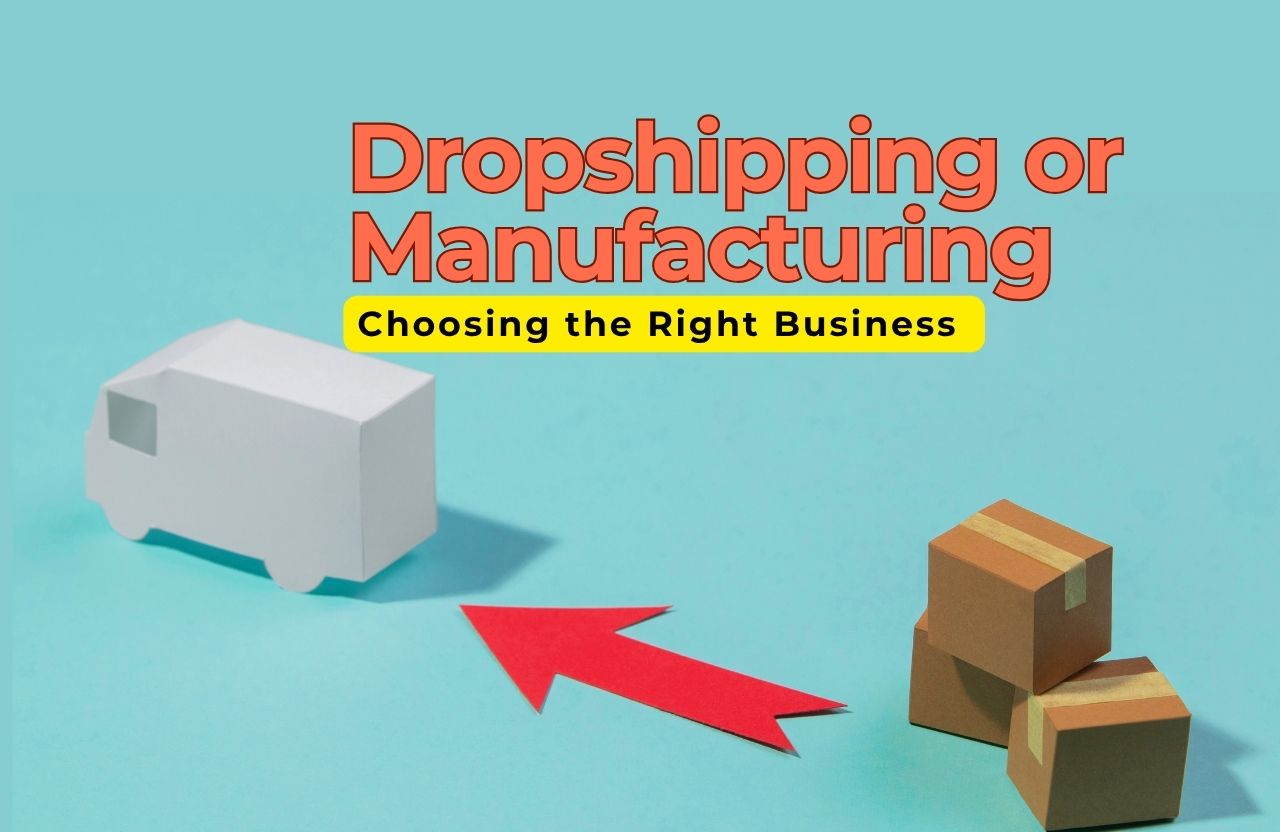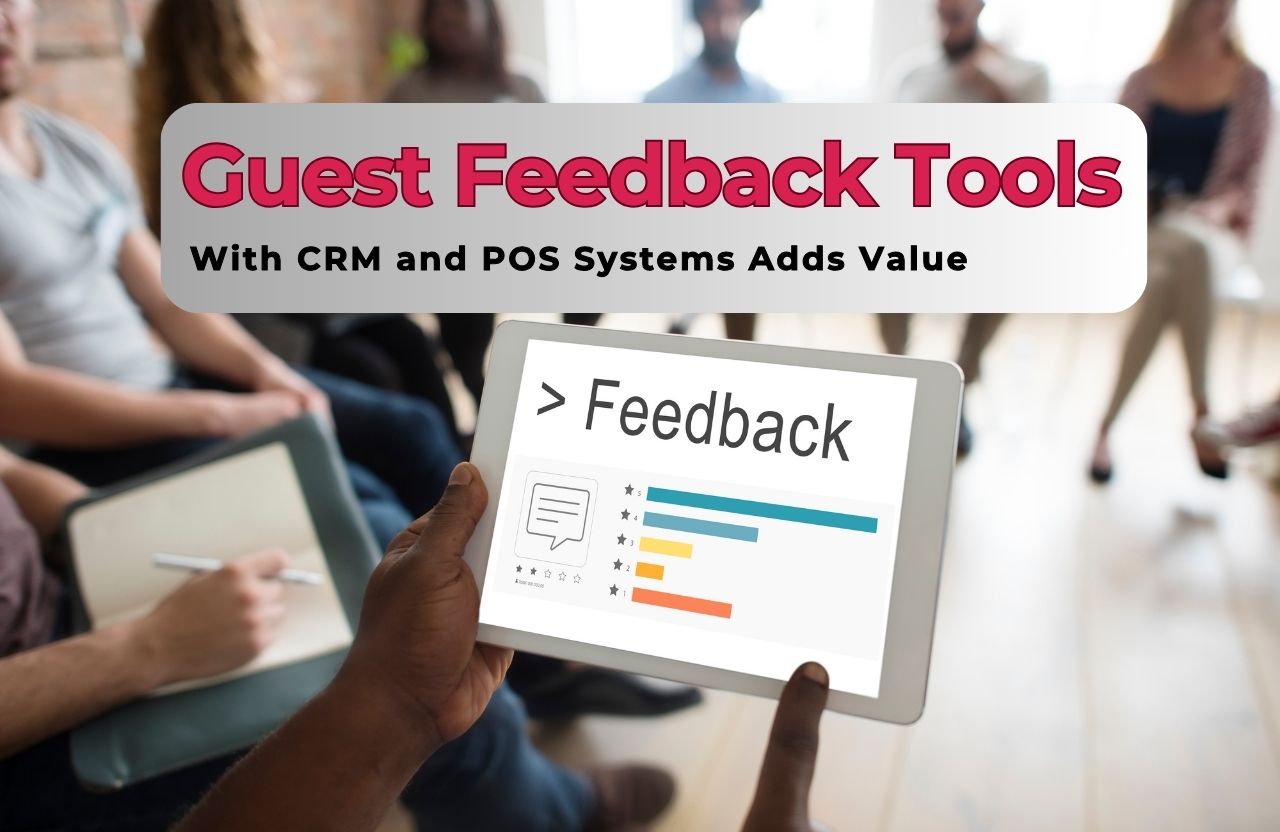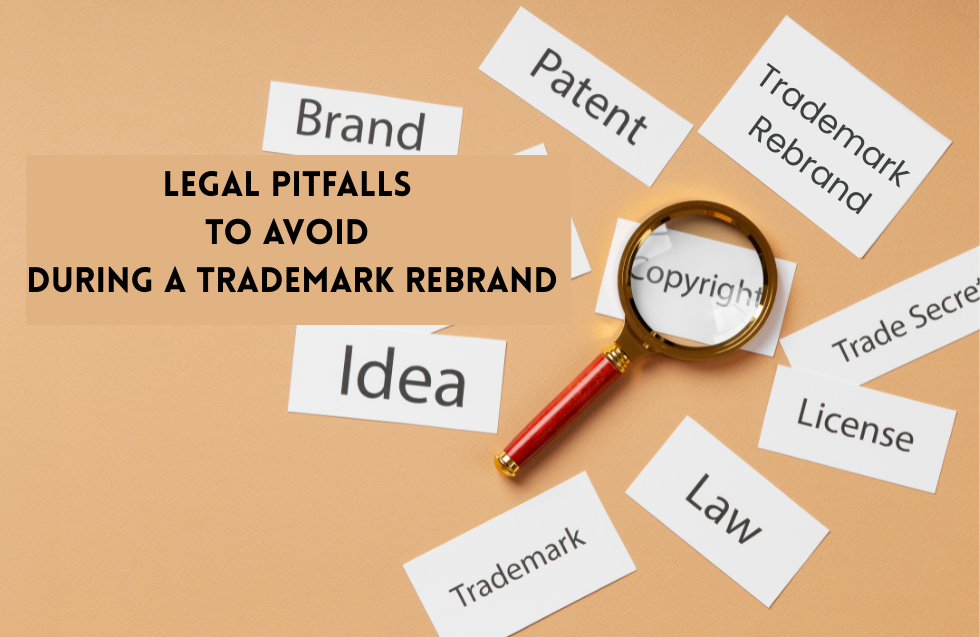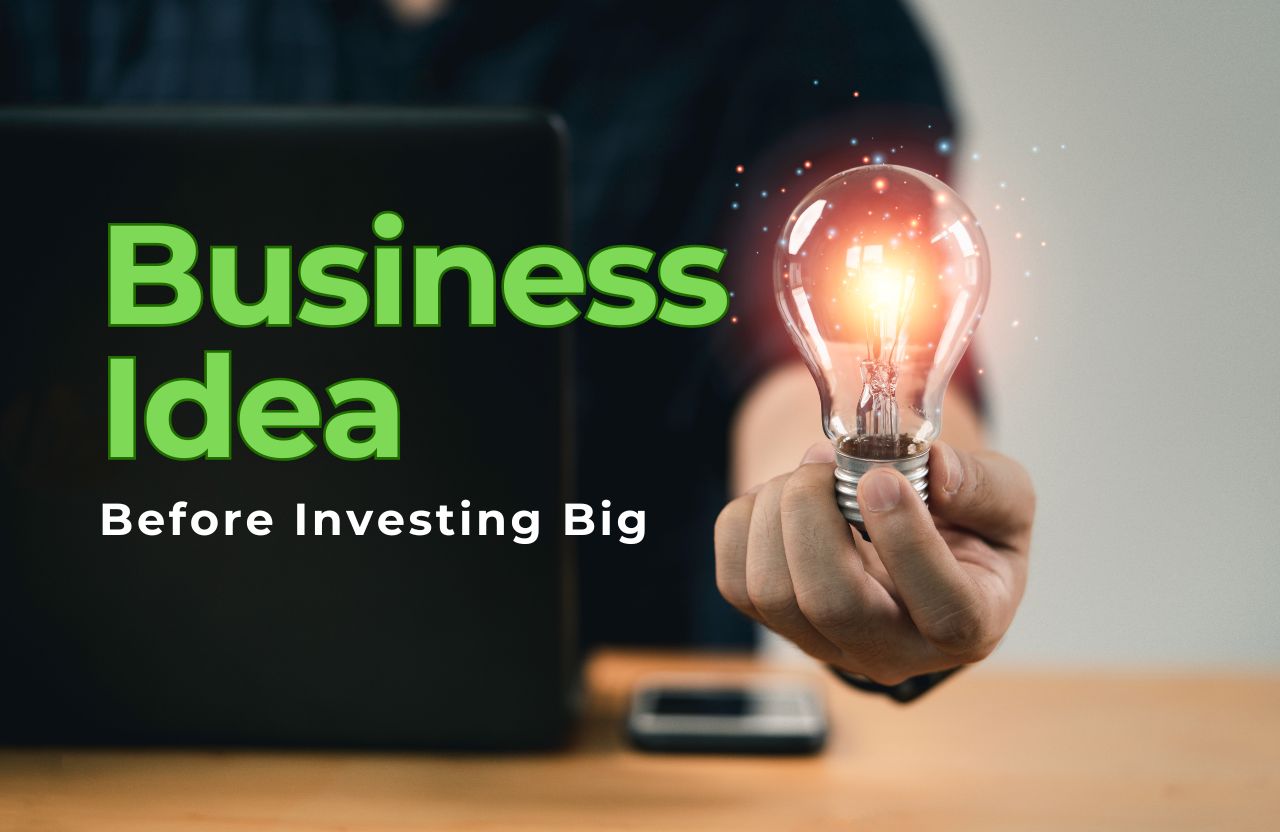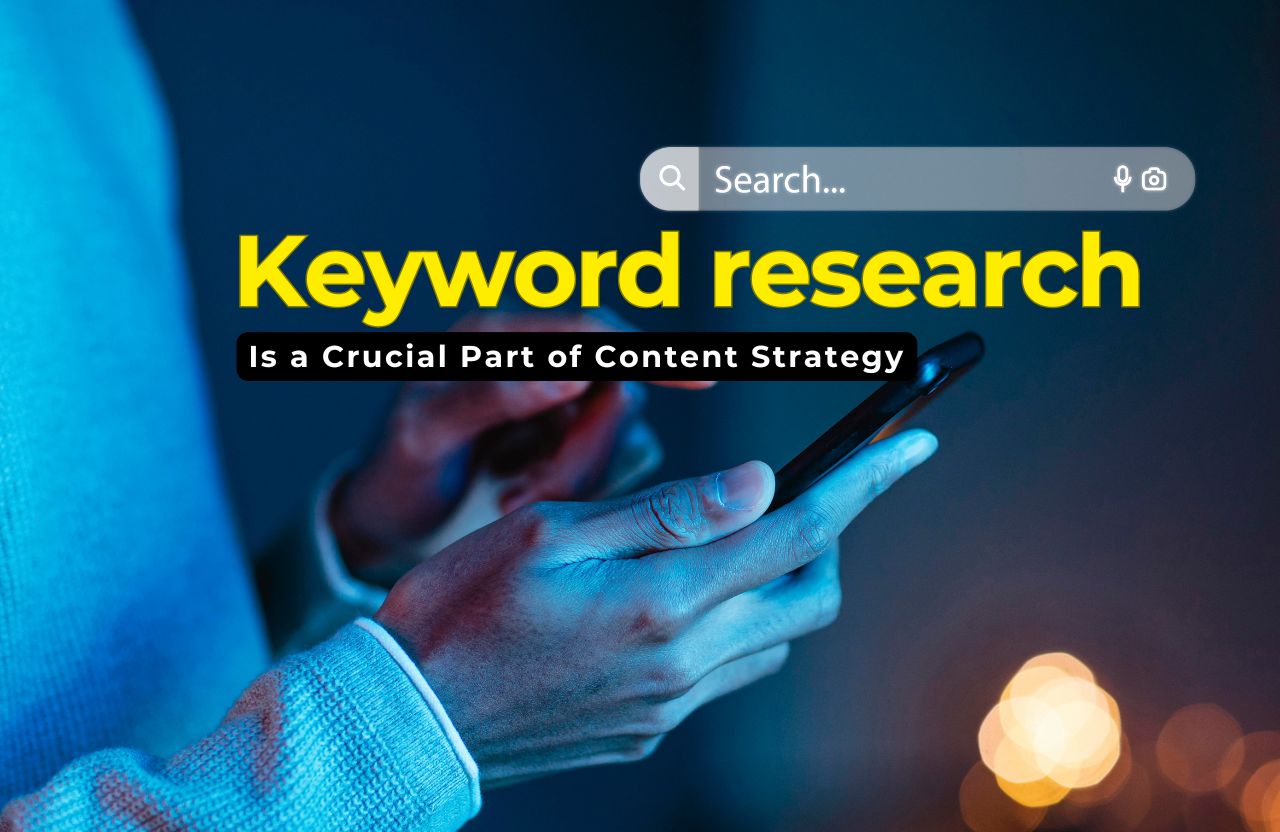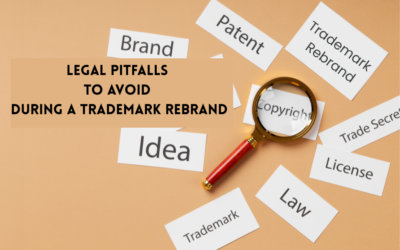Sales Pipeline Analysis
Understanding what a sales pipeline is—a term often used in marketing and sales strategies—can be a bit unnerving at first. A sale pipeline, as the name suggests, typically reflects the sales journey of a product. In simple terms, it is a visual depiction of every stage of your sales cycle, usually represented in a Content Management System (CMS). A sales Pipeline metric is unique to your business, as the sales pipeline analysis differs from company to company.
The stages are common to all businesses, but the overall structure may differ. Typically, they consists of the following stages:
1. Prospects
Every pipeline begins with seeking for potential customers, which is also known as prospecting. This, in turn, brings about lead generation, which happens when marketing efforts generate substantial interest in your products or services. These leads are the first that the sales team act on. The more targeted the leads are in your pipeline, the more opportunities to close offers.
Some ways of prospecting and lead generation include in-person networking, cold outreach (cold calls and emails), advertising, BTL activities, social selling etc.
2. Qualifying
Once prospecting and lead generation has been established, the next stage in the pipeline is to qualify them by making sure they fall in the target demographic for your product or service while also making sure that they have a need that your product can solve.
This is usually done by prospect research. One of the ways you can qualify leads is by accessing information about them through online sources. Once you have gained enough information, you need to make sure they are able to buy your product. Again, this can be done by accessing information about them online, looking for clues and looking at their social media. You can also choose to have a conversation with your prospect and explore what they feel.
Read here Stages for Procrastinating and Increase Sales from Day One
3. Meeting
Now that you’ve qualified your leads, it’s time to pick up that phone and schedule a meeting. It is during this meeting that you get your act together and make a connection. You chart who you are and what you have to offer. You also get to know your prospect better, understand their needs and pain points.
4. Making an Offer
Now that you have connected with your prospect and defined their needs, you are in a position to make a compelling offer. Send the prospect a detailed, persuasive quote laying out the terms and conditions clearly. Be prepared to meet additional needs, make small tweaks to your offer, negotiate and address concerns.
5. Closing the Deal
Once you have the terms and conditions finalized, the offer/contract signed, you are ready to close the deal! Make the payment process easy and simple.
6. Delivery
This is the most overlooked step in the Pipeline. Make sure the product/service is delivered on time to the satisfaction of the customer.
This stage also presents the best opportunity to solidify your relationship with the new customer, and in some scenarios, even transform them into lifelong partnerships. Identify opportunities for further business with your new customer and ask them for referrals. Strengthen your relationship with your new customer by keeping in touch with them via emails and offering them relevant and up-to-date information.
A sales pipeline stages works by helping business owners visualize their sales cycle. Each stage in the sale pipeline represents the progression of a particular activity and makes it easy to conceptualize and track various stages.
Sales Pipeline and Sales Funnel—The Difference
Many people confuse sales pipeline with sales funnel. In fact, both are vastly different. A sales funnel focuses on the set of actions taken by the sales people in your team. It is a visual representation of the conversion rates of prospects through the sales pipeline process. It is dubbed a sales “funnel” because of its shape—the number of prospects is high in the beginning; they narrow down as they are either disqualified or the customer chooses not to buy the product/service.
On the other hand, a sales pipeline is a defined set of actions (Prospecting, Lead Generation, Qualifying, Meeting etc.) that a salesperson needs to take to move a prospect from the lead stage to the customer stage down the pipeline. Once each stage is completed, the prospect advances in the sales pipeline. A pipeline allows sellers to keep track of the status of every prospect they have met and every deal they have made. It lets them understand their sales goals clearly, and whether they have met their sales targets.
Ourbusinessladder is a 360-degree Entrepreneur Support Top management Consulting firm and market research companies in Mumbai. We are a one-stop solution for existing businesses and enterprising entrepreneurs.
Are You Facing Any Problem in Sales Pipeline?
